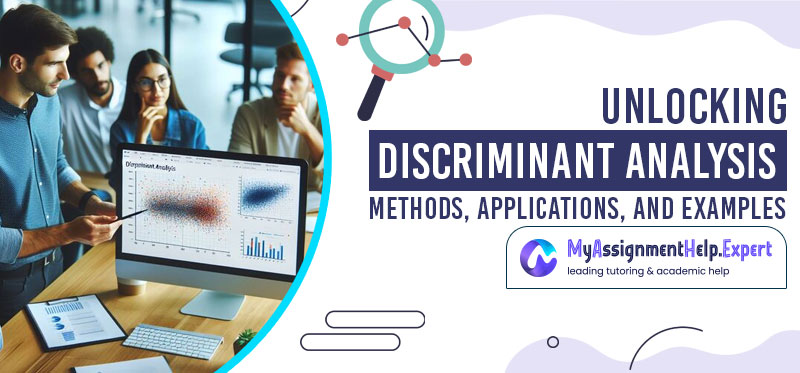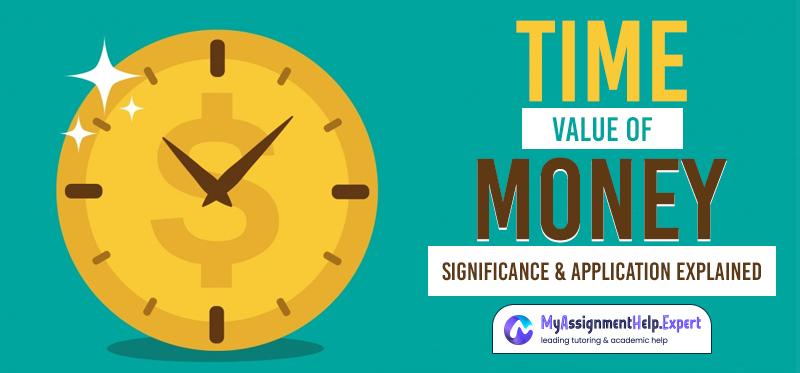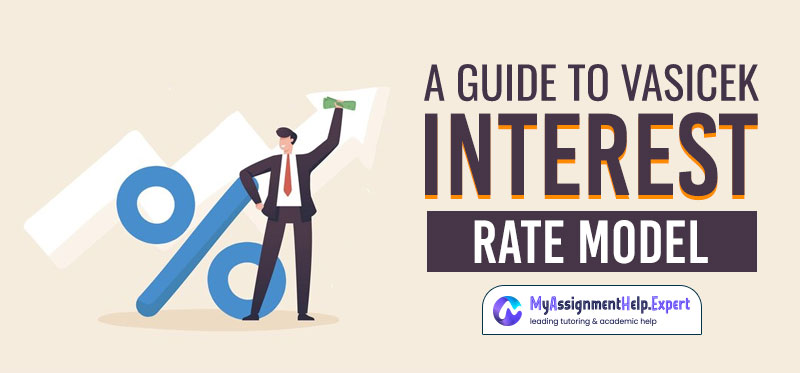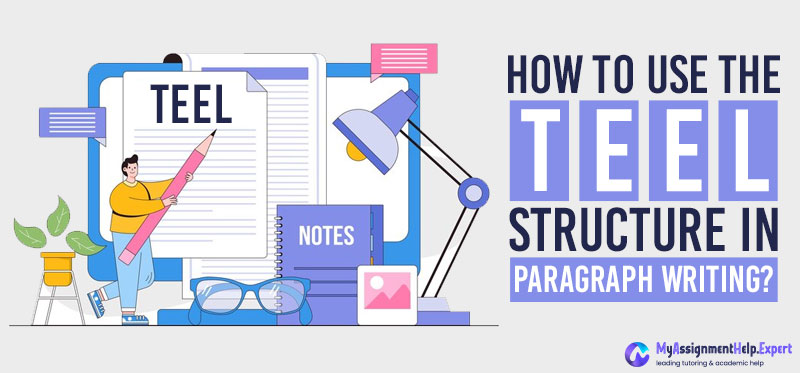The Power of Price Skimming: Secrets to Brand Success
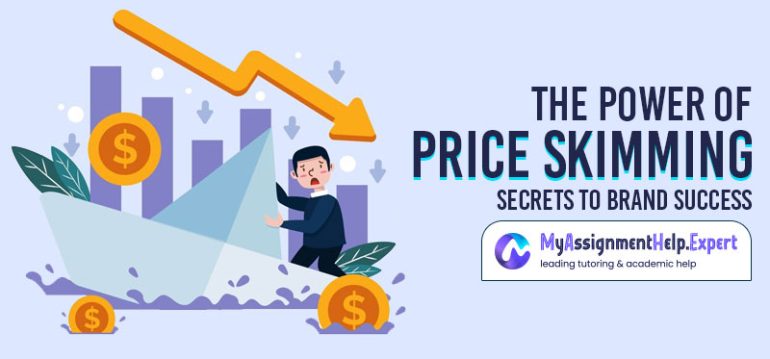
What Is The Secret Behind The Global Success Of Brands Like Apple Or Sony PlayStation?
The answer is Brand Loyalty. Consumers tend to buy products they can connect to. Once a brand successfully establishes itself within the target consumers’ psyche, it will conquer a considerable portion of the market share. But to do so successfully, every brand adopts certain particular techniques and strategies. One of those strategies is price skimming. Keep reading this blog to gain relevant insights regarding the same.
What Is Price Skimming?
Pricing may seem like the least complex element (considering the other pre and post-production responsibilities) of launching a new product. However, the truth is that the pricing strategy you employ has a profound impact on both the perception of an item’s quality and the potential of profit your business enjoys.
Price skimming definition: Price skimming is the strategy of charging a high price for a product at its initial inauguration stage and gradually lowering it to attract more price-sensitive customers.
Price skimming strategy works the best for companies with a powerful brand and a reputation for quality. Loyal, well-heeled, status-conscious consumers are often happy to be early adopters of products from companies such as Porsche or Mercedes, for instance, regardless of the price.
Price ranks first in the order of importance within the four P’s of marketing. To generate the most revenue, businesses keep shuffling and re-strategising their prices. Marketers often adopt the strategy of price skimming to maximise revenue. In this case, a high price range is initially set for a new product to ‘skim’ revenues layer by layer from the market.
However, one drawback of this strategy is that product diffusion and adaptation rates become extremely slow when a business uses the price skimming strategy. The untapped market demand gives the competitors ample time to imitate or leapfrog the product by adding a slight touch of innovation. This results in a drastic loss of marketing opportunities.
Limitations Of Price Skimming
While price skimming helps generate a high-profit margin, you must be aware of these potential problems to implement the strategy in your business ventures successfully.
- It’s not advisable to use price skimming strategy if you observe an elastic demand curve in the market. Instead, penetration pricing(setting the price a lot lower to reach a wide customer base rapidly) becomes a more suitable strategy than skimming in this case.
- Price skimming can be considered as price discrimination or a form of yield management that is illegal in several jurisdictions. Therefore, it becomes essential to adjust prices as per the product characteristics, to stay on the right side of the law.
- It might become a lot more difficult to convince the retailer about the quality and life of the product. The inventory turn rate is mostly low for skimmed products and causes problems for the distribution chain.
- Price skimming might also result in negative publicity of a brand if there’s a drastic change in price range without any significant product changes. It makes the early purchasers feel like they have been ripped off. This negative sentiment will spread like wildfire and ruin the reputation of the market.
Market research has confirmed that brand loyalty of a company suffers significantly as high-profit margins often lure competitors to come up with similar features at low prices to attract consumers.
Reasons For Price Skimming
This strategy is usually used by a ‘fast mover’ who faces minor to zero challenges from the competitors in a given market. The uniqueness or Wow factor of a newly launched product gives the brand adequate leverage. It helps to target the premium customers who aspire to stand out from the crowd every time and use products which are status symbols.
The goal of any breakthrough product is to generate maximum profit in the shortest time rather than maximising sales. This allows the organisation to recover the ‘sunk costs’ before competition or ‘pricing pressure’ increases. The skimming strategy is extremely useful in recovering the cost of research and development (R&D) of any product. For example, the price to develop a new drug (considering R&D, FDA approval, and testing trials) often increases to $2 billion. Price skimming helps to recover this sunk cost in a fast and effective manner.
Price skimming also gives the marketer an insight into its brand equity. The diffusion rate of innovation within a market makes it a lot easier for the marketer to identify its target consumers. The innovators are usually experimental, risk-takers and price-insensitive. This is why businesses that launch ground-breaking products often rely on the innovators and early adaptors for the highest profits.
Price Skimming Advantages And Disadvantages
Even if price skimming deems effective in maximising profits on new products, businesses must analyse the potential benefits and drawbacks before implementing this technique.
Each of the pros and cons has certain effects on the demand and supply of the product in a market. A careful balancing of the positive and negative aspects will be required to extract the maximum profit out of the price skimming strategy.
How Price Skimming Varies Prices With Time?
Price skimming helps marketers to capitalise on new products by setting high prices on them for an introductory phase. It helps the brand to leverage on the newness of the product and maximise the profit from the day of launch.
You need to keep in mind that there are thousands of consumers who aspire to be the first one to get hold of an exclusive product. They enjoy the feeling of exclusivity. So, price skimming targets the consumers belonging to the top part of the demand curve. It charges the highest initial price the customers will be willing to pay for a path-breaking product. Once the cream of the customer segments finishes buying the product, prices are lowered over time.
Once the brand value of the product is built (and various other versions of a similar product are systematically introduced in the market at lower prices), the sections of the population, who could not afford the product previously are slowly absorbed into the market.
However, you must remember that when the product saturates the market and the consumer demand falls, the competitors will rush in to provide similar products at lower rates. So, you must gradually lower the price range to generate maximum revenue with the price skimming strategy.
Learn Clever Marketing Strategies From The Experts Of MyAssignmenthelp.Expert
Want to secure an all A+ grade card this semester? Our team of 5000+ PhD qualified experts will provide you with excellent tutoring sessions for marketing case studies and assignments. We also deliver outstanding study materials and give you access to numerous free samples every time you place an order.
Place your order today to enjoy the following benefits:
- Student-friendly prices
- Proper sessions to guide you deliver the projects before time
- Quality that will leave your supervisors awestruck
- Premium content writing guidance to achieve the best scores
- Jaw-dropping discounts
- Referral bonus
- Loyalty points
Call us at +44-121-285-4112 any time of the day and our customer care executive will connect you to the best tutors of your discipline. Visit MyAssignmenthelp.expert today to know more about our services.
